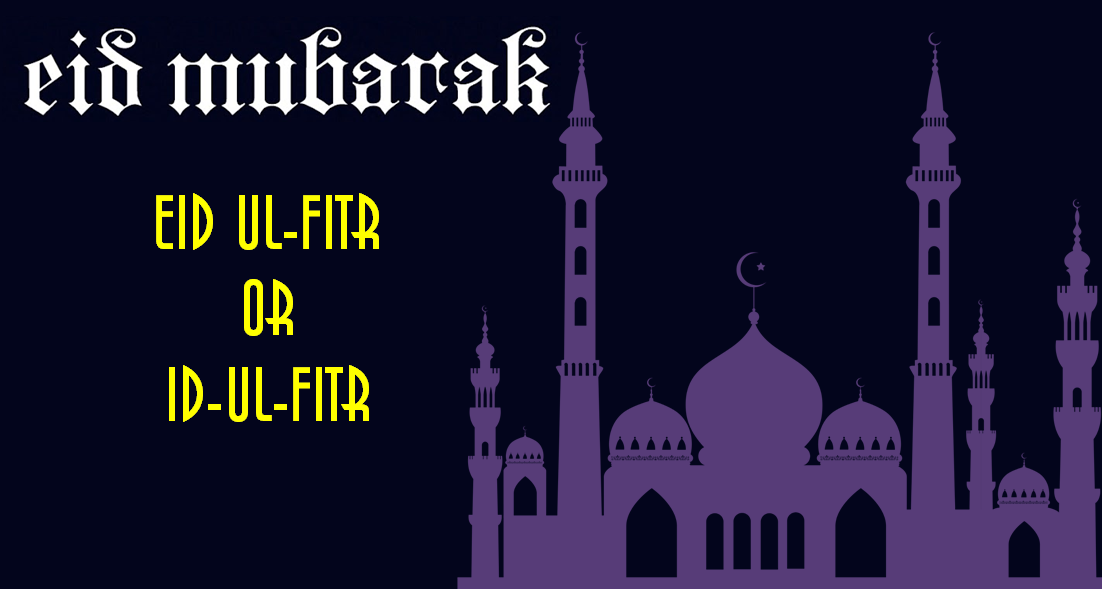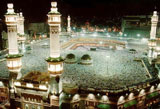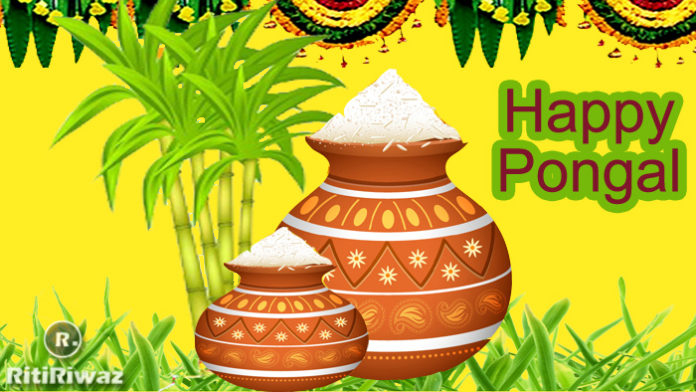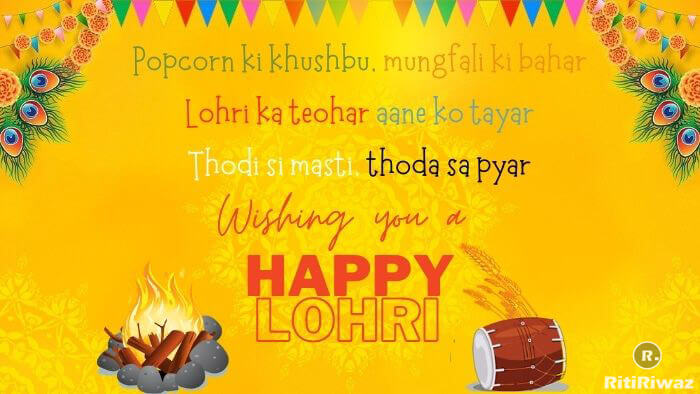Eid ul-Fitr or Id-Ul-Fitr

Eid ul-Fitr or Id-Ul-Fitr (Arabic: عيد الفطر ‘Īdu l-Fiṭr), often abbreviated to Eid, is a Muslim holiday that marks the end of Ramadan, the Islamic holy month of fasting. Eid is an Arabic word meaning “festivity“, while Fiṭr means “to break the fast” (and can also mean “nature”, from the word “fitrah“) and so symbolizes the breaking of the fasting period.
Eid in 2025 will start on evening of Saturday, March 29, 2025 – Sunday, March 30, 2025.
Eid ul-Fitr starts the day after Ramadan ends, and is verified by the sighting of the new moon. Muslims give money to the poor and wear their best clothes. Eid ul-Fitr lasts three days and is called “The Smaller Eid” (Arabic: العيد الصغير al-‘īdu ṣ-ṣaghīr) compared with the Eid ul-Adha that lasts four days and is called “The Greater Eid” (Arabic: العيد الكبير al-‘īdu l-kabīr).
On the day of the celebration, a typical Muslim family awakes very early, does the first everyday prayer, and is required to eat a little, symbolizing the end of Ramadan. They then attend special congregational prayers held in mosques, large open areas, stadiums, and arenas. The prayer is generally short and is followed by a sermon (khuṭba). Worshippers greet and embrace each other with hugs in a spirit of peace and love after the congregational prayer. After the special prayers, festivities and merriment are commonly observed with visits to the homes of relatives and friends to thank God for all blessings.
Eid ul-Fitr is a joyous occasion with important religious significance, celebrating the achievement of enhanced piety. It is a day of forgiveness, moral victory, peace of congregation, fellowship, brotherhood, and unity. Muslims celebrate not only the end of fasting but also thank God for the self-control and strength that Muslims believe God gave them. It is a time of giving and sharing, and many Muslims dress in holiday attire.
Ramadan (Arabic: رمضان, Ramaḍān) is a Muslim religious observance that takes place during the ninth month of the Islamic calendar, believed to be the month in which the Qur’an was revealed to Angel Gabriel, who later revealed it to the Prophet Muhammad. It is the Islamic month of fasting (sawm), in which participating Muslims do not eat or drink anything from dawn until sunset.
Fasting is meant to teach the person patience, sacrifice, and humility. Ramadan is a time to fast for the sake of God and to offer even more prayer than usual. In Ramadan Muslims ask forgiveness for past sins, pray for guidance into the future, ask for help in refrain from everyday evils, and try to purify themselves through self-restraint and good deeds.
Ramzan |

Hajj |
 Kaba |
Ramadan is the ninth month of the Islamic calendar. Islam uses a lunar calendar-that is, each month begins with the sighting of the new moon. Because the lunar calendar is about 11 days shorter than the solar calendar used elsewhere, Islamic holidays “move” each year.
For more than a billion Muslims around the world-including, including some 8 million in North America-Ramadan is a “month of blessing” marked by prayer, fasting, and charity. This year Ramadan precedes Christmas and Hanukkah. But while in many places these holidays have become widely commercialized, Ramadan retains its focus on self-sacrifice and devotion to Allah (God).
Why this Month?
Muslims believe that during the month of Ramadan, Allah revealed the first verses of the Qur’an, the holy book of Islam. Around 610 A.D., a caravan trader named Muhammad took to wandering the desert near Mecca (in today’s Saudi Arabia) while thinking about his faith.
One night a voice called to him from the night sky. It was the angel Gabriel, who told Muhammad he had been chosen to receive the word of Allah. In the days that followed, Muhammad found himself speaking the verses that would be transcribed as the Qur’an.
At many mosques during Ramadan, about one-thirtieth of the Qur’an is recited each night in prayers known as Tarawih. In this way, by the end of the month, the complete scripture will have been recited.
Fasting
Muslims practice sawm, or fasting, for the entire month of Ramadan. This means that they may eat or drink nothing, including water, while the sun shines. Fasting is one of the Five Pillars (duties) of Islam. As with other Islamic duties, all able Muslims take part in sawm from about age twelve.
During Ramadan in the Muslim world, most restaurants are closed during daylight hours. Families get up early for suhoor, a meal eaten before the sun rises. After the sun sets, the fast is broken with a meal known as iftar. Iftar usually begins with dates and sweet drinks that provide a quick energy boost.
Fasting serves many purposes. While they are hungry and thirsty, Muslims are reminded of the suffering of the poor. Fasting is also an opportunity to practice self-control and to cleanse the body and mind. And in this most sacred month, fasting helps Muslims feel the peace that comes from spiritual devotion as well as kinship with fellow believers.
Eid al-Fitr
Ramadan ends with the festival of Eid al-Fitr. Literally the “Festival of Breaking the Fast,” Eid al-Fitr is one of the two most important Islamic celebrations (the other occurs after the Hajj, or pilgrimage to Mecca). At Eid al-Fitr, people dress in their finest clothes, adorn their homes with lights and decorations, give treats to children, and enjoy visits with friends and family.
A sense of generosity and gratitude colors these festivities. Although charity and good deeds are always important in Islam, they have special significance at the end of Ramadan. As the month draws to a close, Muslims are obligated to share their blessings by feeding the poor and making contributions to mosques.
Eid al-Fitr 2024: Eid Mubarak Wishes, Quotes, Greetings, Images, Cards, Messages






